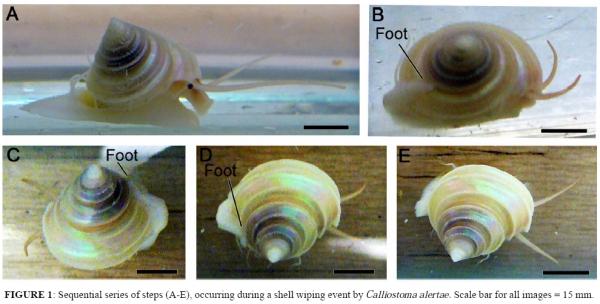New Zealand marine molluscs are incredibly diverse, with nearly 3,600 species described or known undescribed (Gordon, 2009).
What is even more amazing, considering the entire New Zealand mollusc fauna (marine, freshwater and terrestrial), 85.1% are considered endemic! While this is particularly high, compared to other groups we have studied, New Zealand’s fauna (and flora) generally has a large proportion of endemism (http://en.wikipedia.org/wiki/Endemism) owing to its long geological isolation and great geographical separation from other landmasses.
This week, we want to highlight a beautiful group of marine snails, the Calliostomatidae. About 300 species are known worldwide, they occur from the intertidal to the deep sea (to about 3000m depth) and are considered carnivores. This group is particularly well-represented in New Zealand with 39 species known in the region, including some of the world’s largest (Calliostoma tigris can reach more than 10cm in shell height).
Many of these species are beautifully ornate and beaded, some of them are distinctly shiny and smooth. Take a look at the Te Papa online mollusc collection that shows some of the beautiful range of shapes and sizes. Note that the name and date following the species name refers to the original description. Most of the species have been described by our most prominent New Zealand malacologists (mollusc experts) Richard Dell (+2002) and Bruce Marshall (both at Te Papa):
For another informative site on New Zealand molluscs, check out mollusca.co.nz with lovely photos, maps and species information.




